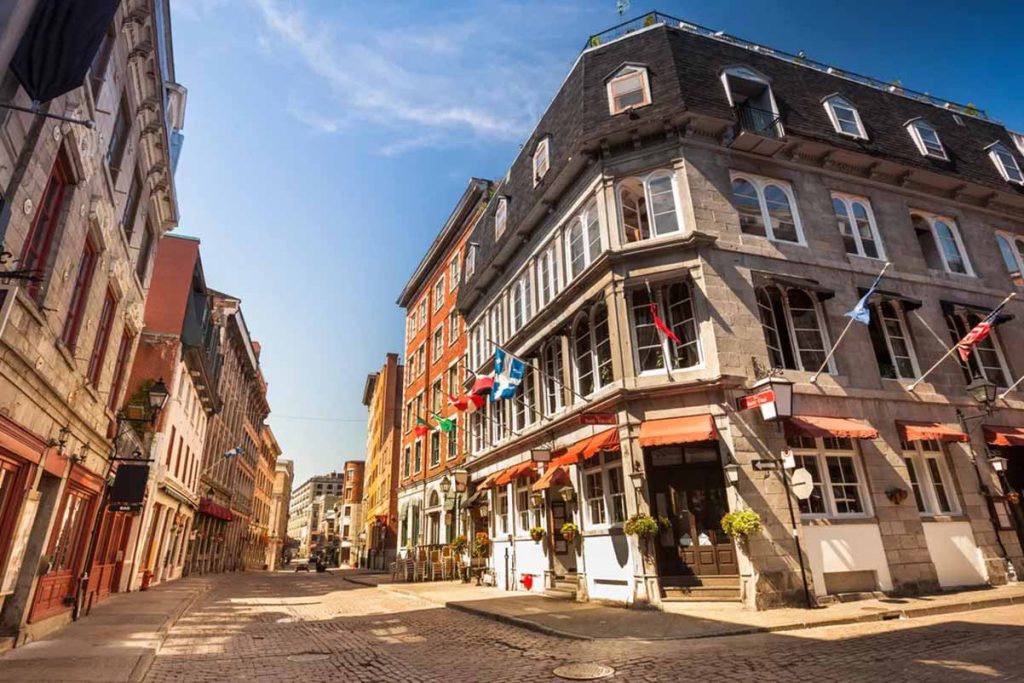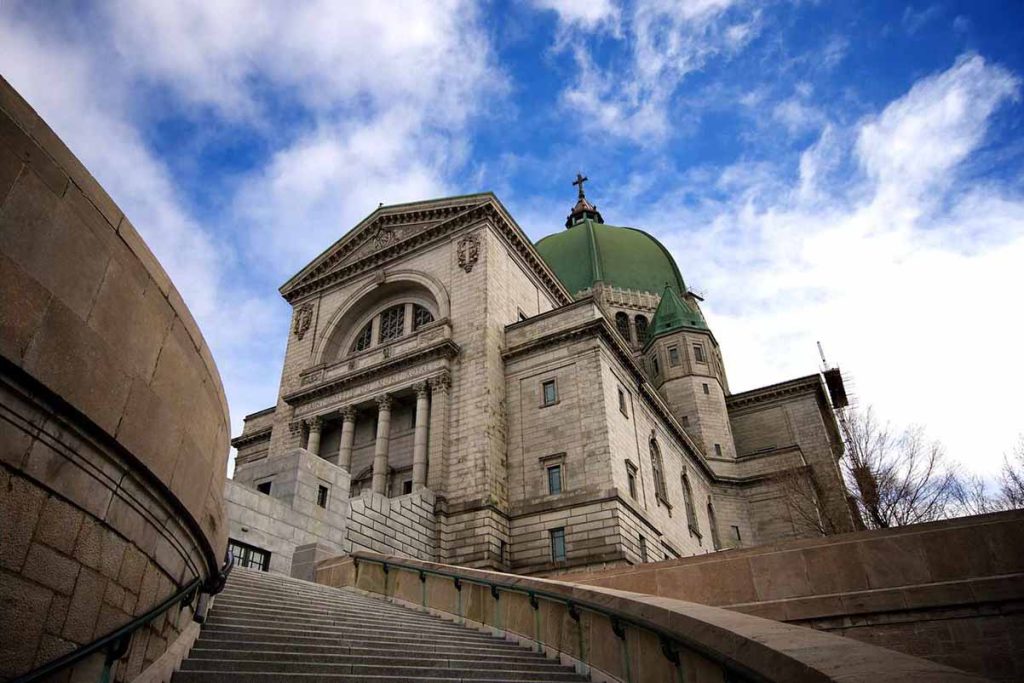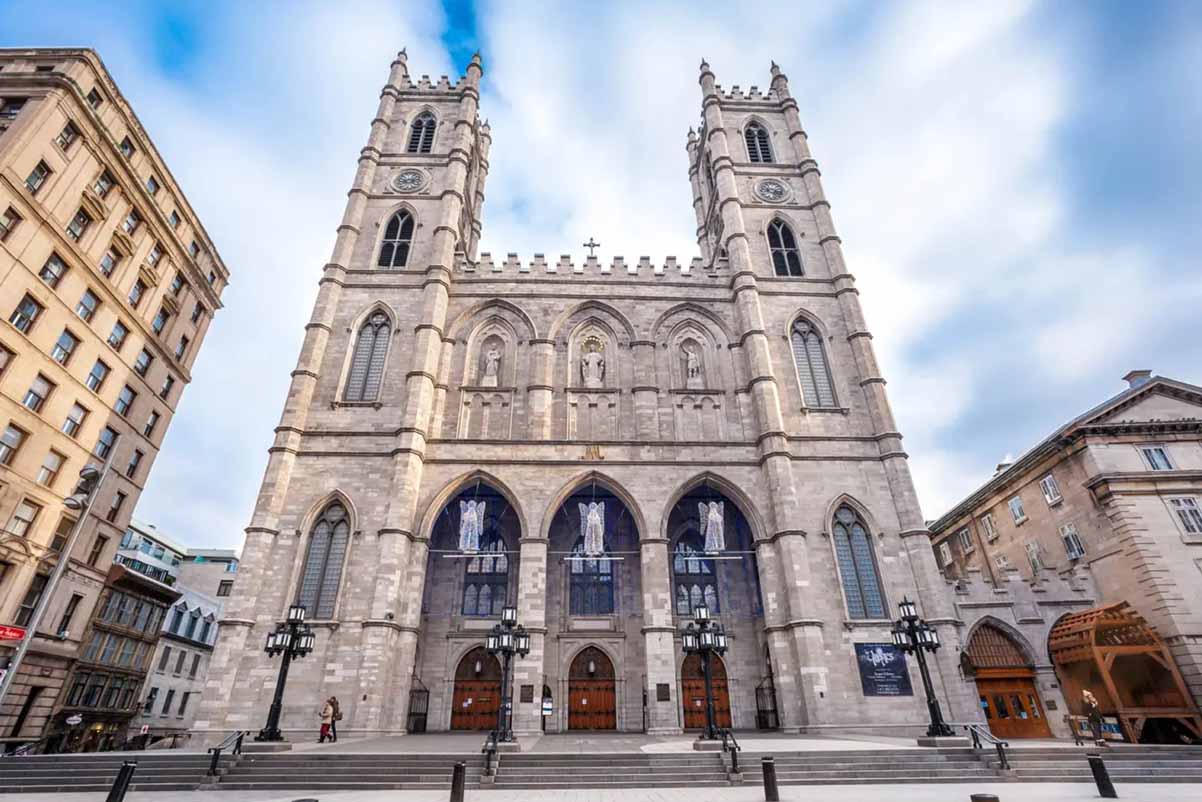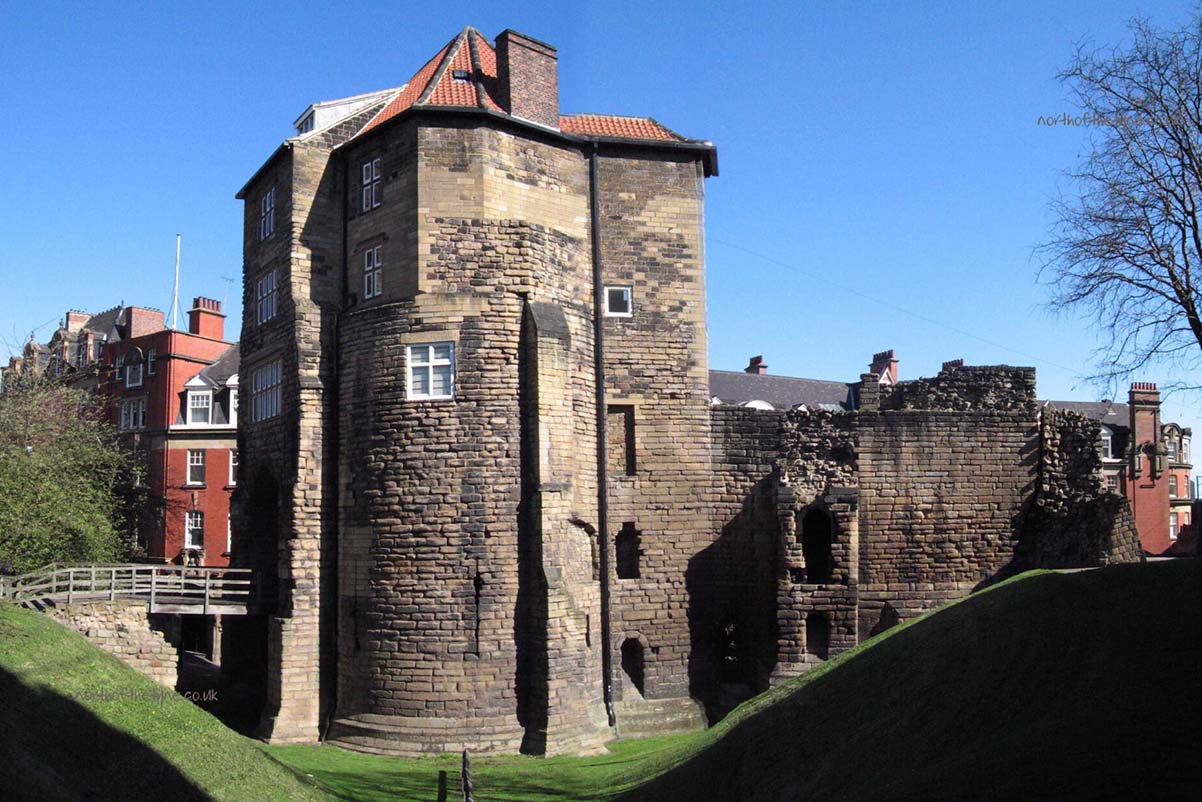1. Dawn Over the Saint Lawrence
The first light seeped through the curtains of my hotel room on Rue Saint-Denis. Outside, Montréal was beginning to stir. The scent of fresh bagels from a nearby bakery drifted into the room through a half-open window. The city has a unique rhythm — not quite the frantic pulse of New York, nor the hushed reserve of Ottawa. It sits in between: proud, soulful, and steeped in an old-world charm that still clings to its limestone façades.
I was determined to make the most of the day. With only 24 hours on the clock and an ambitious itinerary plotted on a folded paper map — a small nod to the analog past — the goal was to immerse fully in the city’s most iconic architectural landmarks. Montréal is a city that tells its story not just through museums, but through the way its buildings touch the sky and its cobblestones hold the echo of centuries.
2. Notre-Dame Basilica: Where Heaven Meets Stone
There’s something poetic about starting the day in a place of reverence. Notre-Dame Basilica stands at Place d’Armes like a sentinel of faith and artistry. Approaching it feels like entering a sacred volume — each flying buttress and carved archway a chapter in a Gothic narrative.
Inside, the ceiling blooms with a cobalt blue speckled with golden stars, a firmament captured in wood and paint. The altar rises like a theatrical set, complete with life-sized statues and intricate woodwork so finely done it seems impossible it was carved by hand.
Tourists whispered around me, their heads craned back to take in the stained-glass windows that depicted not biblical scenes but the religious history of Montréal. The organist began to play. The sound reverberated through the space, curling around columns and vaults. That moment held me still.
3. Vieux-Montréal: Cobblestones and Coffee

Exiting the basilica, I wandered south into the heart of Old Montréal. Here, history lingers in the air like the mist from the nearby port. Rue Saint-Paul, the city’s oldest street, is lined with galleries, boutiques, and cafes tucked into 18th-century buildings. The architecture is unapologetically European — French stone masonry with British overlays, all speaking of a colonial past both complex and proud.
I stopped at a narrow café with wrought iron chairs and a canopy of ivy. The barista handed me an espresso in a thick ceramic cup. The coffee was strong, bitter, and exactly what the morning needed. Watching the world pass on Rue Saint-Paul, I felt transported. Horses pulling carriages clattered along the cobbles, and every so often, a street musician’s violin would rise above the murmur of the crowd.
There’s a rhythm here, and it’s not rushed. It’s the deliberate pace of a city that has seen empires rise and fall and has learned the art of enduring with elegance.
4. Place Jacques-Cartier and Château Ramezay: Echoes of New France
The path led me to Place Jacques-Cartier, a square once frequented by fur traders and colonial governors. Today, it bustles with artists, street performers, and couples drifting from one creperie to another. The center of the square slopes gently downward, offering a clear view of the Saint Lawrence River, where tall ships once docked under flags long gone.
I stepped into Château Ramezay, once the home of Claude de Ramezay, governor of Montréal in the early 1700s. The building is built of thick stone with deep-set windows and steeply pitched roofs — a fine example of French colonial architecture adapted to Canada’s bitter winters. Inside, rooms were restored with period furnishings. Maps drawn by candlelight, quill pens, military uniforms behind glass.
In the quiet of the governor’s study, I imagined the conversations that once took place there: treaties, ambitions, fears of war. The wooden floor creaked beneath my boots. Every inch of this place carries the weight of decisions made long before modernity arrived.
5. Lunch at Marché Bonsecours: Sustenance and Structure
The silver dome of Marché Bonsecours glinted in the midday sun, catching the eye from blocks away. Built in 1847, the building once housed Montréal’s city hall and later, the public market. Today, its neoclassical façade welcomes both the curious and the hungry.
Inside, artisan stalls and galleries lined the corridor beneath the grand dome. I found a small counter offering Quebecois specialties and ordered a tourtière — a savory meat pie — and a serving of poutine, which arrived steaming and unapologetically heavy.
Sitting on a bench in the central hall, I admired the symmetry of the interior. The tall windows, white Corinthian columns, and graceful arches spoke of a time when public buildings were meant to inspire awe and civic pride. It did both. Around me, languages swirled — French, English, and more — each traveler drawn here by the same blend of history and hospitality.
6. Climbing Mont Royal: A Cityscape Worth the Effort
After lunch, I headed north and upward — toward Mont Royal. The mountain is Montréal’s namesake and green heart. Designed in part by Frederick Law Olmsted, who also co-designed New York’s Central Park, this urban oasis provides not only a natural retreat but one of the best views of the city’s skyline.
The climb was gentle at first, then steeper. Trees arched overhead, dappling the path with light. Joggers passed, their shoes thudding on gravel. A saxophonist near Beaver Lake played a slow tune, giving the ascent a strangely cinematic feel.
At the Kondiaronk Belvedere, I stood before a view that justified every step. The city sprawled out below — skyscrapers gleaming, the Saint Lawrence winding beyond, and steeples of old churches rising above rows of apartments. The dome of Saint Joseph’s Oratory, green as oxidized copper, stood sentinel to the west.
A breeze carried the scent of pine and distant pastry. It was difficult to leave.
7. Saint Joseph’s Oratory: Faith Carved Into Stone

Descending Mont Royal’s western side, the path eventually led to Saint Joseph’s Oratory, Canada’s largest church. From the base of the steps, the basilica looked colossal, its dome second in size only to Saint Peter’s in Rome. Pilgrims were climbing the steps on their knees — a ritual of devotion that added a sacred weight to the already monumental ascent.
Inside, the atmosphere was cooler, both literally and emotionally. The architecture shifted here — more modern, stark lines, and minimal ornamentation, yet no less powerful. In the votive chapel, thousands of candles flickered in the dim light, each a whisper of hope.
The tomb of Brother André, the humble doorkeeper whose faith built this sanctuary, drew visitors who paused to touch the stone. The silence in the basilica’s main chamber was broken only by the occasional creak of pews and the soft click of cameras held respectfully low.
Outside, the sun was lowering. Shadows stretched across the plaza. The Oratory, with its symmetry and solemnity, seemed to breathe with the city — patient and eternal.
8. A Golden Hour Walk in Mile End
Back down in the city, I wandered into Mile End. The neighborhood is a tapestry of cultures and creativity. Bagel shops with ancient wood-fired ovens sit next to vintage record stores, and synagogues share blocks with minimalist cafes. The architecture is humble here, but soulful — duplexes with spiral staircases, brick row houses, fire escapes that curl like wrought iron ivy.
Golden light bathed the sidewalks. Children played hockey in an alley, and parents sipped lattes on doorsteps. The sound of a jazz trio floated from a corner café.
I stopped at Fairmount Bagel, where a man with arms dusted in flour handed me a warm sesame bagel. The crust crackled, the inside was dense and slightly sweet. The recipe hadn’t changed in decades — and why should it? In a city where buildings preserve time, food often does the same.
9. Evening Shadows at Habitat 67
As dusk approached, I took a cab toward the Old Port, where Habitat 67 stood against the sky like a cubist dream. Moshe Safdie’s brutalist vision was built for Expo 67, and even now, nearly sixty years later, it remains one of the most daring residential designs in North America.
From a distance, the modular units stacked like blocks appeared chaotic. Up close, they were deliberate — each apartment with terraces, natural light, and a sense of privacy that defies the urban grid. The concrete was softened by time, vines creeping up corners, children’s toys on balconies.
Walking along the waterfront path, I could see the Ferris wheel of La Grande Roue spinning in the distance, its lights blinking to life against the deepening blue.
10. Nightfall at the Old Port
The Old Port at night is theatrical. Gas lamps glow along Rue de la Commune, and the reflections on the water double the magic. I joined a small crowd gathered near the Quai Jacques-Cartier to watch a light projection on the silo towers — history, art, and imagination dancing across industrial relics.
Dinner was a final, welcome pause. A bistro with linen napkins, candlelight, and a menu in cursive French. I ordered duck confit and a glass of red from the Eastern Townships. The waiter lit a small table lamp, and jazz played softly in the background.
From the window, I watched ships drift slowly along the river. The same water once navigated by explorers and traders now carries tourists and freight — and beneath it, the story of a city that never stopped building, remembering, and reinventing.



